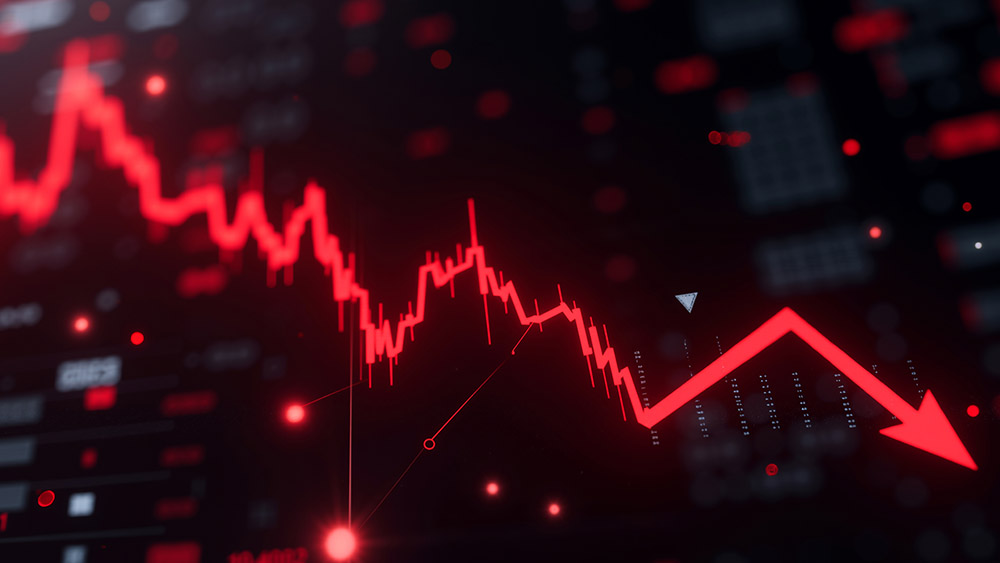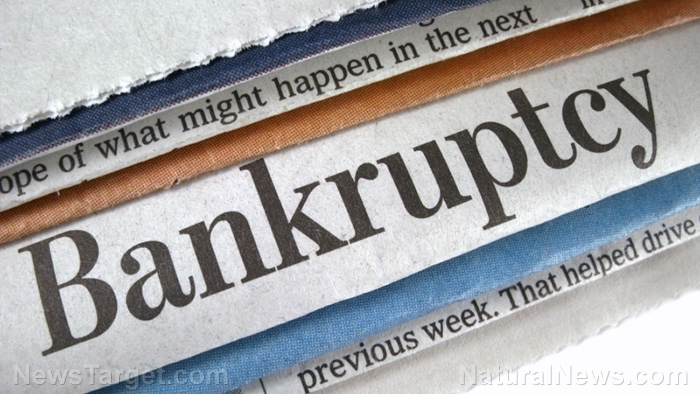 Parler
Parler Gab
Gab
- Nvidia hits $4.5 trillion valuation amid unprecedented AI investment frenzy.
- Deals between OpenAI, Nvidia, AMD and Oracle raise red flags reminiscent of the dot-com bubble.
- Leaders like Sam Altman and Jeff Bezos acknowledge investor overexuberance but insist AI’s transformative potential is real.
- Experts warn of a "sharp correction" if AI fails to deliver promised productivity gains.
- Some argue open-source AI could mitigate risks of centralized control and financial instability.
The AI stock surge: Euphoria or excess?
Since ChatGPT’s 2022 debut, AI has dominated markets. Nvidia’s chips power the AI revolution, fueling its meteoric rise. Microsoft, Apple, Amazon, Google and Meta have also seen explosive growth, collectively driving 80% of S&P 500 gains. Oracle’s stock soared 40% in a single day after securing OpenAI contracts—a sign of investor euphoria. But skepticism mounts. OpenAI CEO Sam Altman admits investors are "overexcited," while Amazon founder Jeff Bezos warns of an "industrial bubble." Bank of England analysts caution that markets are "exposed" if AI optimism falters. The parallels to the late-1990s dot-com bubble—when vendor financing inflated valuations before a brutal crash—are hard to ignore.Circular deals and financial engineering
Recent AI financing arrangements have drawn scrutiny for their self-reinforcing nature:- Nvidia invests $100B in OpenAI, which then builds data centers using Nvidia chips.
- OpenAI buys AMD chips, taking a potential 10% stake in the company.
- Microsoft funds OpenAI while also relying on Nvidia-powered cloud services.
The bubble debate: Optimism vs. caution
Proponents insist AI’s transformative potential justifies the spending. OpenAI’s revenue growth is unprecedented, and Altman argues the industry is still undervalued. Federal Reserve officials even suggest this could be a "good bubble," driving innovation despite financial risks. Yet MIT research found that 95% of AI initiatives fail to deliver returns, despite $30–40B in spending. Venture capitalist Alan Patricof warns, "The losses will be pretty significant." Meanwhile, AI’s impact on jobs remains uncertain—Anthropic’s CEO predicts mass white-collar layoffs, while McKinsey sees AI as a productivity booster, not a replacement.The road ahead: Crash or correction?
Three scenarios could burst the AI bubble:- Concentration risk: If OpenAI or Nvidia stumble, a domino effect could destabilize the sector.
- Governance failures: Poor oversight (like FTX’s collapse) could trigger regulatory crackdowns.
- Technological disruption: Quantum computing breakthroughs could render current AI infrastructure obsolete.
A bubble with a fifference?
Unlike the dot-com era, today’s AI investments are fueled by trillion-dollar tech giants with vast cash reserves—not speculative startups. Yet history suggests unchecked exuberance rarely ends well. Whether AI reshapes the economy or becomes the next speculative bust, one truth remains: Investors should tread carefully. The bubble may not have burst yet—but the warning signs are flashing. Keep up with the latest at MarketCrash.news and Glitch.news. Sources for this article include: TheHill.com TheHill.com Insights.som.Yale.edu Investopedia.com BBC.comSubprime auto lender PrimaLend files for Chapter 11 bankruptcy
By Ramon Tomey // Share
New landmark study debunks “protective” effects of moderate drinking on the brain
By Patrick Lewis // Share
Syria’s $216 billion reconstruction bill highlights war’s devastation and geopolitical maneuvering
By Belle Carter // Share
Ford recalls more than 1.4 million vehicles due to DEFECTIVE rearview cameras
By Ramon Tomey // Share
U.S. escalates tech war with China: Software export controls on the table
By Gregory Van Dyke // Share
Governments continue to obscure COVID-19 vaccine data amid rising concerns over excess deaths
By patricklewis // Share
Tech giant Microsoft backs EXTINCTION with its support of carbon capture programs
By ramontomeydw // Share
Germany to resume arms exports to Israel despite repeated ceasefire violations
By isabelle // Share










